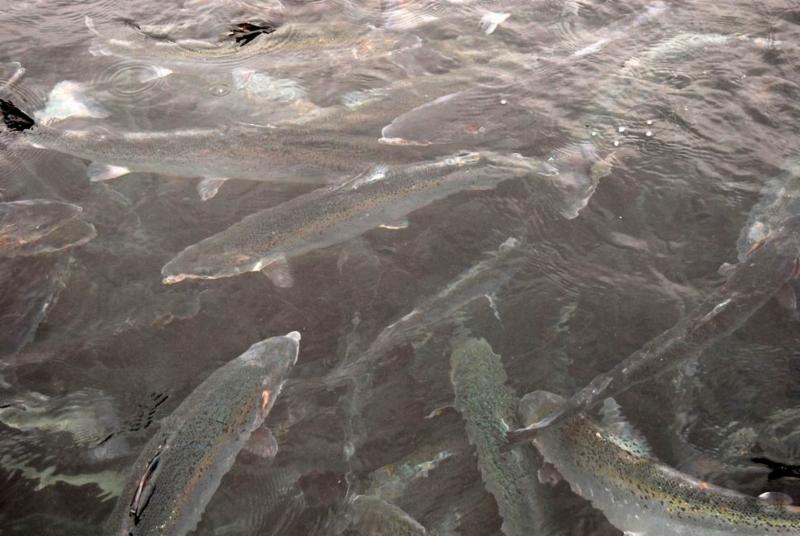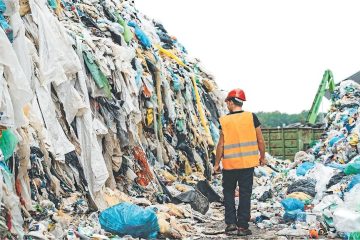Energy emissions decline by 4.5 per cent

9 November 2020
Energy emissions fell by 4.5 per cent in 2019, according to the latest figures from the Sustainable Energy Authority of Ireland (SEAI).
The reduction is the biggest for the sector since 2011 and the body attributes the progress to electricity generation, with small improvements also seen in heat and transport.
Coal has been steadily declining in its use for electricity generation and according to SEAI, this trend largely accounts for last year’s emissions reduction.
Energy use for heat had also declined, but the authority notes that “most of the reduction was due to it being warmer than 2018”.
Transport saw no reduction in energy use and observed a marginal reduction in emissions.
Energy from renewable sources accounted for 12 per cent of all energy used in 2019, up slightly from 10.9 per cent in 2018.
Environmental Indicators
The SEAI figures were reflective of the environmental indicators released earlier this year by the Central Statistics Office, who found that wind-generated electricity is continuing to grow.
By 2018, over a quarter of Ireland’s electricity was generated by wind, up nearly four per cent from the year before.
According to SEAI data, that share was upped to a third in 2019.
If last year’s Climate Action Plan is implemented, that figure is set to double by 2030.
The CSO also found that hybrid or electric cars now account for 12.6 per cent of all new cars licenced and that sulphur dioxide emissions are continuing to decline.
It mainly enters the atmosphere through solid fuel burning and through road traffic. The shift from coal towards gas (which also has its own climate ramifications), has driven sulphur dioxide reductions.
However, despite these developments in the energy sector, total greenhouse gas emissions have gone up between 2017 and 2018.
Ireland’s total greenhouse gas emissions were 60.9 million tonnes of CO2 equivalent for 2018, up 200,000 tonnes from the 2017 figure.
It’s roughly a ten per cent increase from the 1990 figure, which amounted to 55.5 million tonnes of CO2 equivalent.
Ireland’s largest emitting sector continues to be agriculture, which now accounts for over a third of total emissions.
This trend continues to mark Ireland as a European outlier, as the average share of agricultural emissions across the bloc is 10 per cent.
Transport emissions have also since doubled from the 1990s, making up over 20 per cent of 2018 emissions.
[x_author title=”About the Author”]







